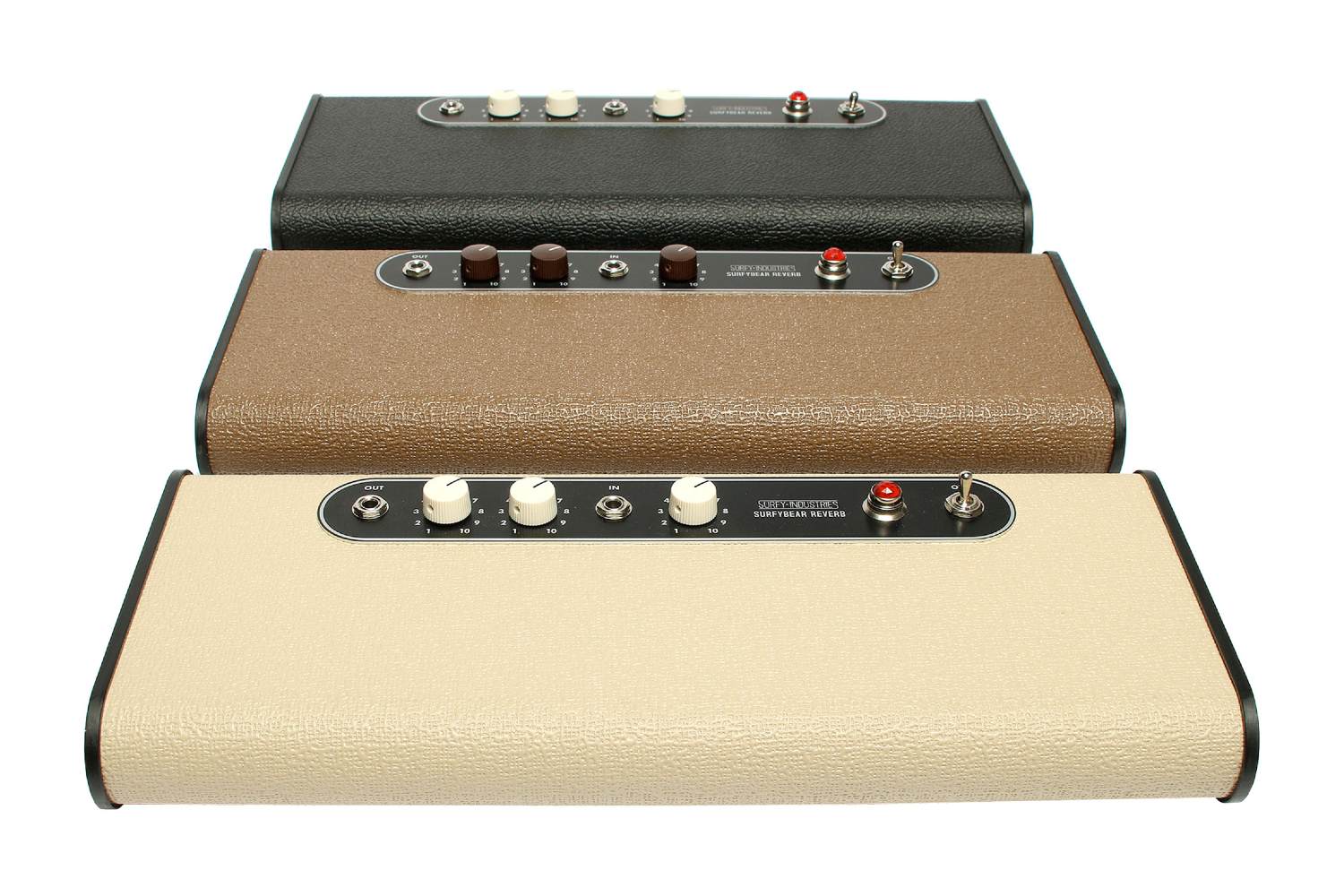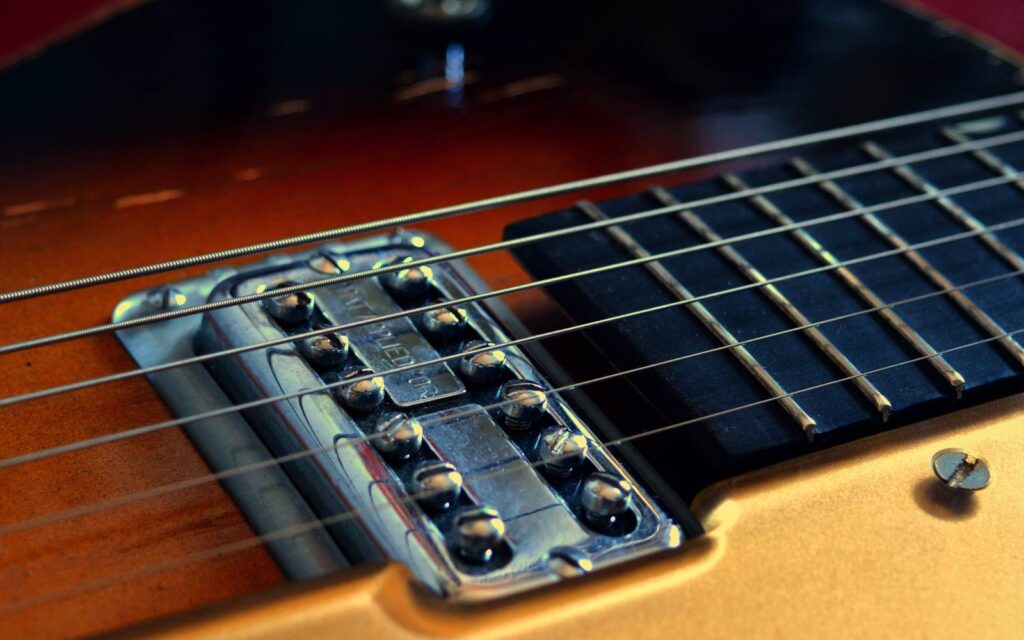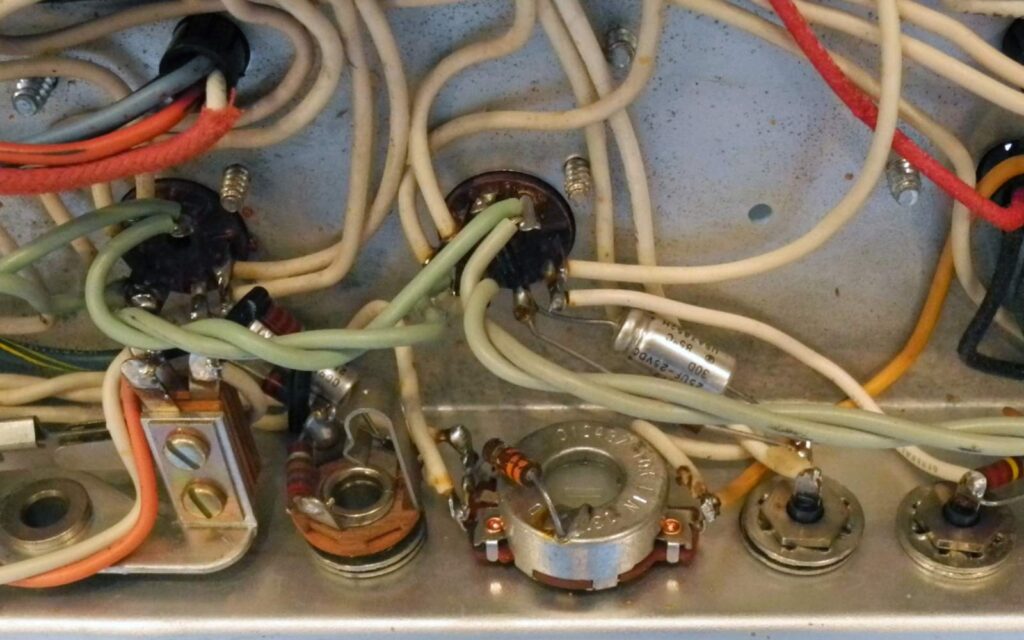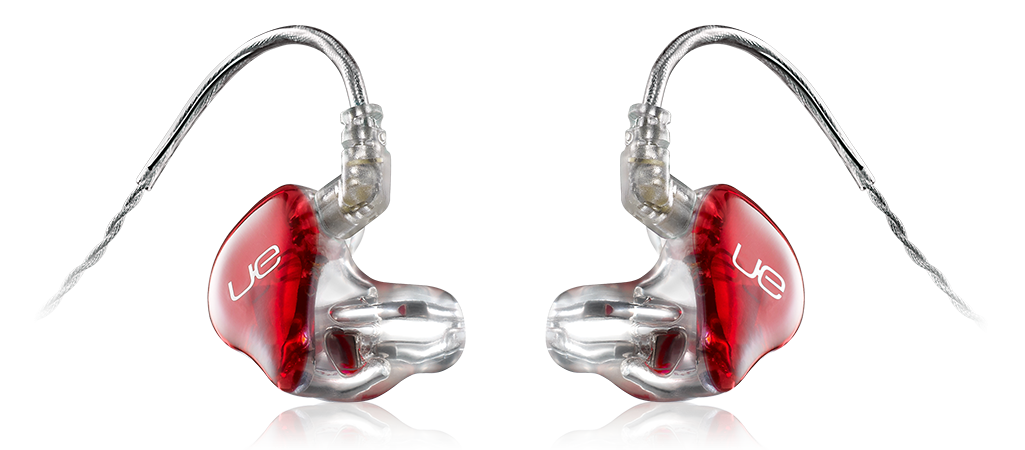"Where Surfy Industries comes in, is in their endeavour to bring real springs back into hands and amps of guitarists"
Reverb is a reasonably misunderstood effect. While we understand and hear how echoes happen in everyday life, we don’t always make the connection between the reverb plugin we might be throwing on a mix, the delay pedal we’re stomping on, and the rooms, spaces, and tape that inspired these modern recreations.
We throw around terms like ‘plate’, ‘spring’, and ‘hall’, and while a hall reverb is an easy enough idea to figure out, spring and plate aren’t so obvious. In addition to re-amping (for lack of a better word) mixes through rooms for ambience, the early pioneers of recorded music, as well as the music makers themselves, were limited in the space they could create in a mix after a recording was made.
Read all the latest features, columns and more here.
They lacked the digital plugins that we can copy and paste across innumerable tracks, so analogue mechanisms that reverberated were invented to mimic space, time, and room sound. While some bigger studios had dedicated reverb chambers, reverberant rooms with speakers, and microphones for playback and recording a mix, some smaller studios resorted to plate and spring reverbs, both featuring transducer-based mechanics that vibrated either a big plate of metal or a spring respectively, giving these two unique sounds their names. Spring reverbs are brighter and bouncier than the dark, washy tones of a plate reverb, making springs a great addition to guitar amps, particularly early Fender amplifiers (some of which pre-date Fender guitars!)
Understanding the history behind spring reverbs helps us see why a company like Surfy Industries might dedicate so much to such a seemingly simple idea. The spring reverb sound rose to popularity (at least the super wet, springy tones) during the surf-rock sounds of the ’60s and ’70s, hence Surfy’s crafty name. Spring reverbs were traditionally mounted into the amplifier cabinets themselves, but it’s increasingly uncommon for amplifiers to feature actual springs. Where Surfy Industries comes in, is in their endeavour to bring real springs back into hands and amps of guitarists!
Surfy Industries began producing the SurfyBear, a reverb controller based on a legendary Fender unit, the 6G15, that was sold as an aftermarket additional effect for guitar players. Surfy Industries now produce the SurfyBear Classic, available in some familiar looking tolex or tweed finishes, as well as stompbox versions for those of you who might want to turn the reverb off from time to time (not me!).
Beginning with the SurfyBear Classic, we have an ‘always on’ style reverb unit available in blonde, black, or brown, with a tweed version available in very limited quantities. The SurfyBear is a mono effect unit, made up of entirely analogue components that give you control over tone, mixer, and dwell, which controls how much the sound reverberates, as opposed to the mixer knob that controls the ratio of wet/dry signal. The SurfyBear features 1⁄4” input and output, and while it doesn’t feature the same tubes as the original 6G15, it has JFET and MOSFET transistors and Class-A circuitry for a particularly tube-like sound, rich in harmonics.
Surfy Industries cater to studio and live use alike, with the SurfyBear Studio as your stereo spring solution, and the StereoMaker stompbox allowing players to split a mono signal into two separate signals, with in/out of phase or pseudo stereo sounds available.
Surfy Industries also offer the SurfyBear Metal, which is still a reasonable amount of pedalboard real estate, but with true bypass circuitry and the option to toggle this one on and off. It features similar controls to the Classic, but with added volume that allows you to boost more clean signal on the way out or into your amp!
For those who love those Fender tones and have already selected a reverb to pair with, Surfy Industries also offer the SurfyTrem that recreates classic Fender tremolo from a few different eras, the Blossom Point V2 for Fender Showman devotees, and the SurfyTrem Deluxe that recreates Fender’s famous vibrato! If you’re after something different entirely, the SurfyVibe stompbox offers meticulously emulated Magnatone vibrato. Rounding out the stompbox range are the SurfyBear Reverb Compact, available in both Black, Surf Green, and Fiesta Red, which are real spring reverbs housed in a more practical and pedalboard friendly chassis.
Sonics aside, Surfy Industries produce some really cool-looking units. Their designs hark back to the golden age of guitar and amp production, and a time when guitars like the Jazzmaster and Jaguar were ignored by their target market and instead fell into the hands of surf-rock pioneers who wanted to produce an entirely new sound, but needed a unique tone to match.
The SurfyBear Metal and Compact provide a real spring reverb tone with all the control and switching capabilities of the modern pedalboard, while the Classic takes us back to the era of aftermarket units like the Fender 6G15 which sat alongside your amp. The growing range of other effects gives you just about every classic Fender sound there’s ever been, from gritty drive to different eras of tremolo and vibrato.
SurfyBear acknowledges the unique sonics of the spring reverb, and give modern players access without the hefty price tag of the vintage units. Their units look great, sound even better, and won’t hurt your bottom line. They’re a unique point of difference in your tone, and could very well be that missing piece of the puzzle in the studio, on stage or whilst writing that next hook.
Head to Surfy Industries for more. For local enquiries on their products, reach out to Gsus4.







